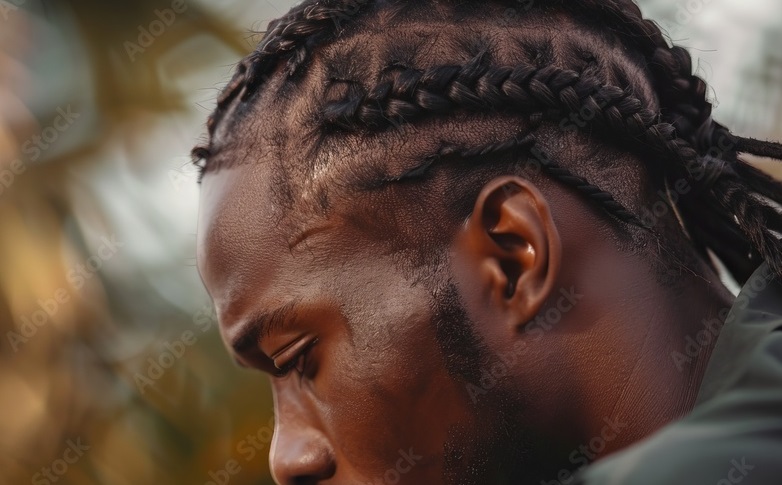Braiding your hair is a fantastic way to keep it stylish and manageable, but if you’ve ever felt like you’ve pulled your hair a bit too tight, you’re not alone. Tight braids can look sleek and stay put, but they come with a few hidden drawbacks that can make your hair—and your head—uncomfortable. Here’s a closer look at why those tight braids might not be as great as they seem.
1. Scalp Discomfort and Pain
Let’s be honest: tight braids can really hurt. When you pull your hair too tightly, it’s like giving your scalp a workout it didn’t sign up for. That discomfort can turn into a nagging ache that lingers, especially if you keep those braids in for too long. It’s not just annoying; it can make you wish you’d chosen a looser style.
2. Hair Breakage and Damage
If you’re pulling on your hair every day, it’s going to take a toll. Tight braids can cause hair to break and split, especially near the roots. Think of it like stretching a rubber band too much—it just can’t handle the stress without snapping. And once hair starts breaking, it’s hard to get it back to its healthy state.
3. Traction Alopecia
Traction alopecia is a fancy term for hair loss caused by pulling too hard on your hair. Tight braids are a common cause. Imagine your hair follicles are like little anchor points holding your hair in place. If you tug on them too much, they can start to give way. Over time, this can lead to thinning hair or even bald spots, which no one wants.
4. Scalp Irritation and Infections
When you braid your hair tightly, it can irritate your scalp, leading to things like dandruff or itchy patches. And if you’re not careful, that irritation can turn into minor cuts or abrasions, which can get infected. It’s not just uncomfortable; it can be a real hassle to treat.
5. Limited Blood Flow
Healthy hair needs a well-nourished scalp, and tight braids can restrict blood flow. Think of it as a traffic jam for your scalp’s blood supply. When circulation is restricted, your hair follicles don’t get the nutrients they need, which can slow down hair growth and affect overall hair health.
6. Difficulty in Styling and Maintenance
Ever tried adjusting a tight braid and felt like you were wrestling with your own hair? It can be tricky. Tight braids are less flexible and harder to modify or refresh without causing more stress to your scalp and strands. This can make styling or fixing any issues with your braids a real challenge.
7. Headaches
Some people find that tight braids lead to headaches. The constant tension on your scalp can trigger tension headaches, making you wish for a more comfortable hairstyle. If you’re finding yourself reaching for pain relief more often, it might be time to loosen up those braids.
Tips for Healthier Braiding
- Go for Looser Braids: Opt for a style that doesn’t pull too tightly on your hair and scalp. It’s kinder to your strands and more comfortable.
- Choose Gentle Hair Ties: Use soft, stretchy bands that won’t snag or break your hair.
- Give Your Hair a Break: Avoid keeping tight braids in for too long. Give your hair time to rest and recover between styles.
- Keep Your Scalp Healthy: Use products that nourish your scalp and keep it clean and free from irritation.
In the end, while tight braids can look great and stay in place, it’s important to listen to your body. Comfort matters, and taking care of your hair and scalp should always come first. By making a few adjustments, you can enjoy stylish braids without the added discomfort and damage.
Also Read:
